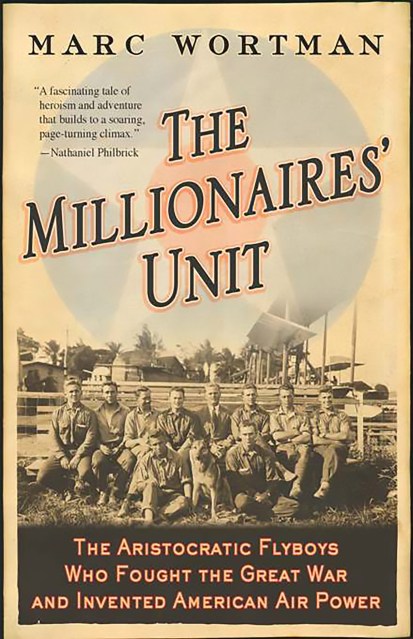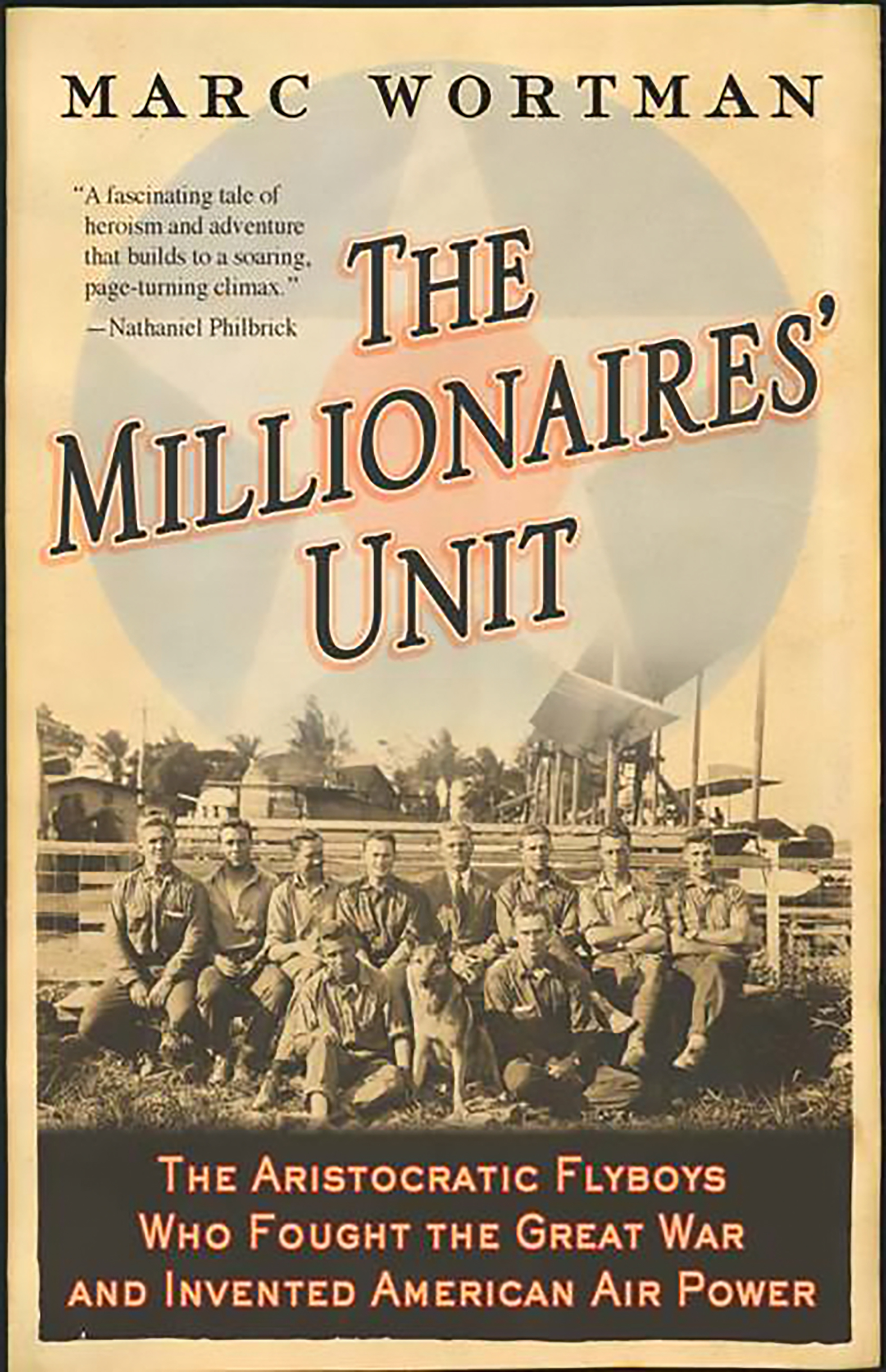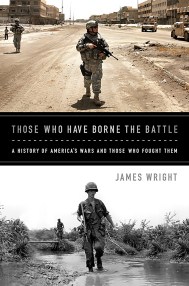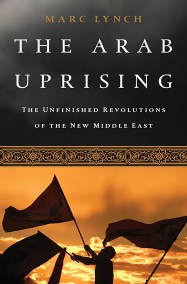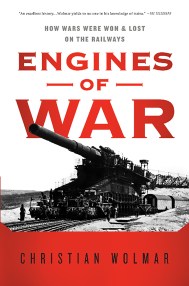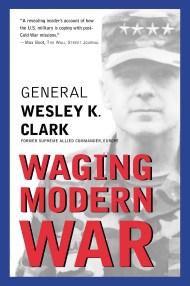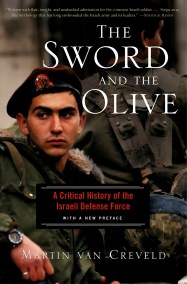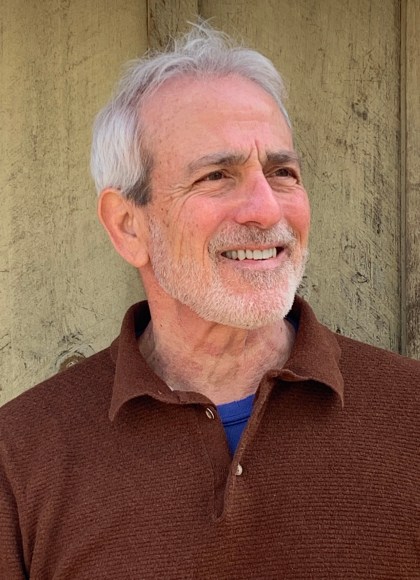Promotion
Use code MOM24 for 20% off site wide + free shipping over $45
The Millionaires' Unit
The Aristocratic Flyboys Who Fought the Great War and Invented American Air Power
Contributors
By Marc Wortman
Formats and Prices
Price
$11.99Price
$15.99 CADFormat
Format:
- ebook $11.99 $15.99 CAD
- Trade Paperback $17.99 $21.00 CAD
This item is a preorder. Your payment method will be charged immediately, and the product is expected to ship on or around May 8, 2007. This date is subject to change due to shipping delays beyond our control.
Also available from:
Genre:
- On Sale
- May 8, 2007
- Page Count
- 336 pages
- Publisher
- PublicAffairs
- ISBN-13
- 9781586485443
Newsletter Signup
By clicking ‘Sign Up,’ I acknowledge that I have read and agree to Hachette Book Group’s Privacy Policy and Terms of Use
